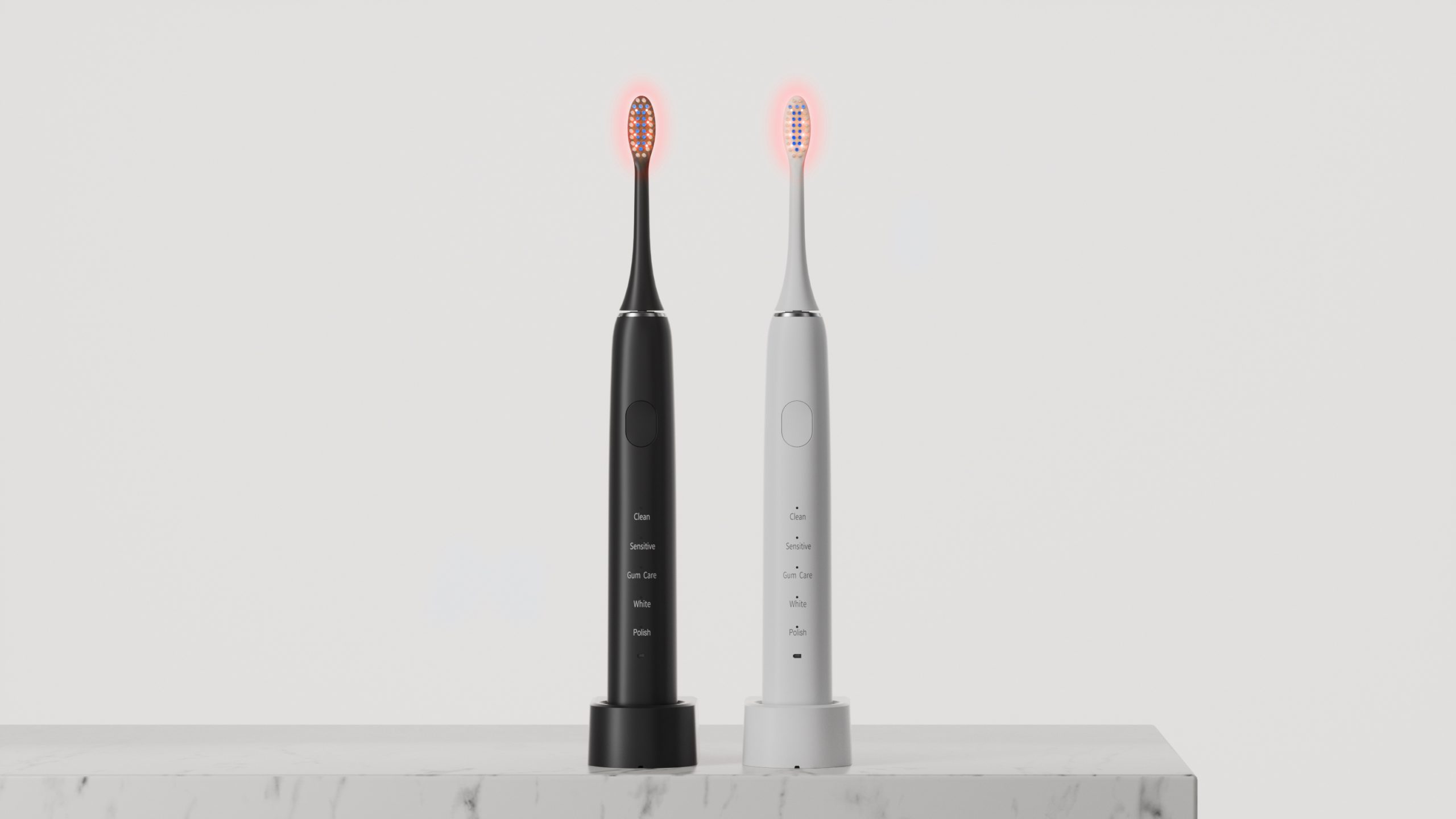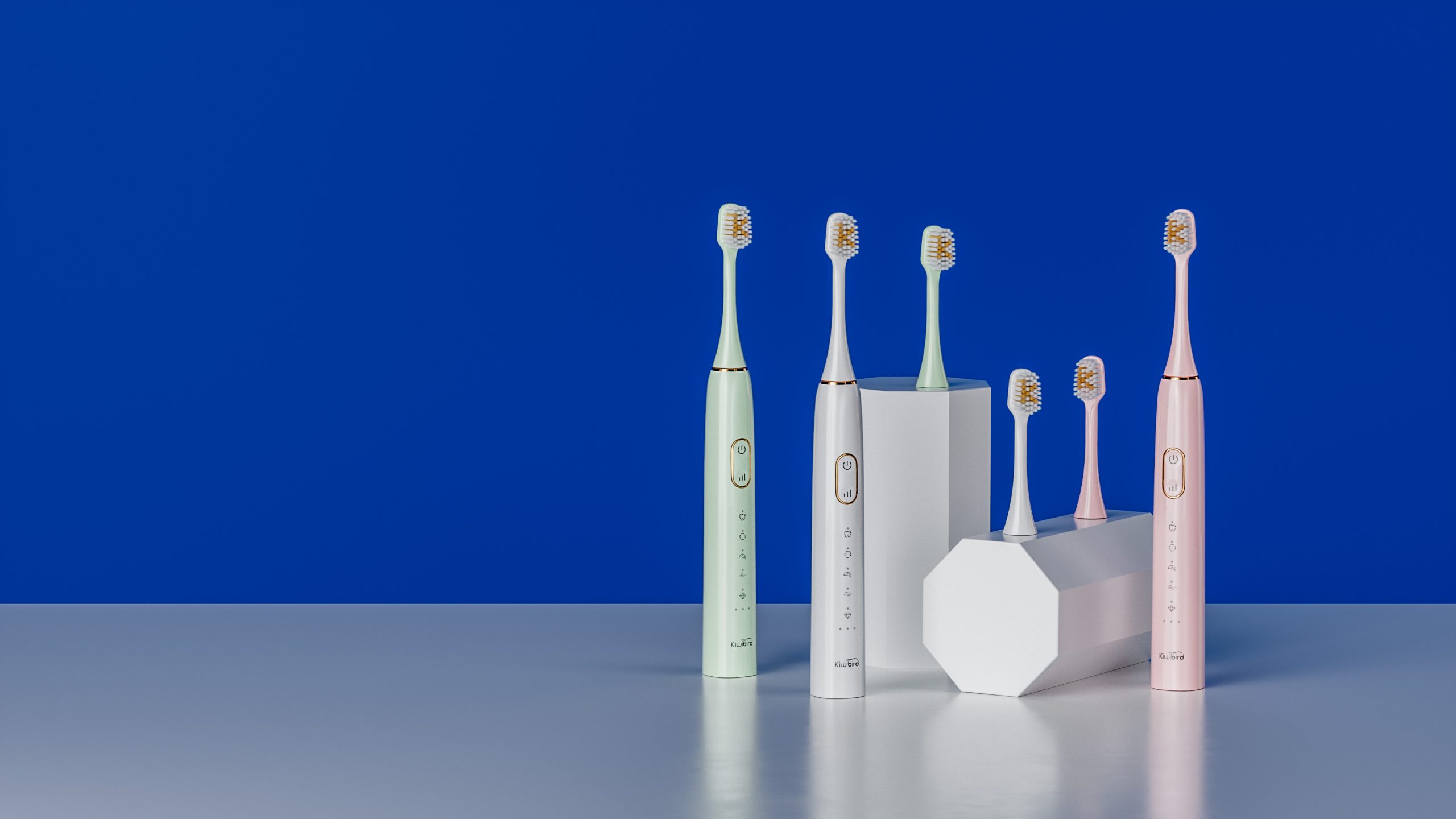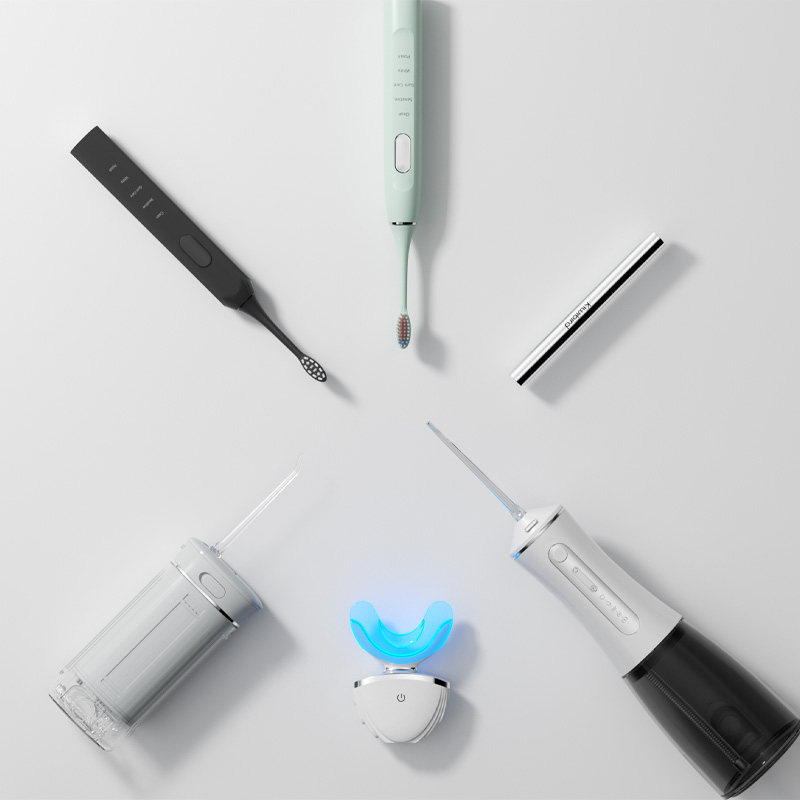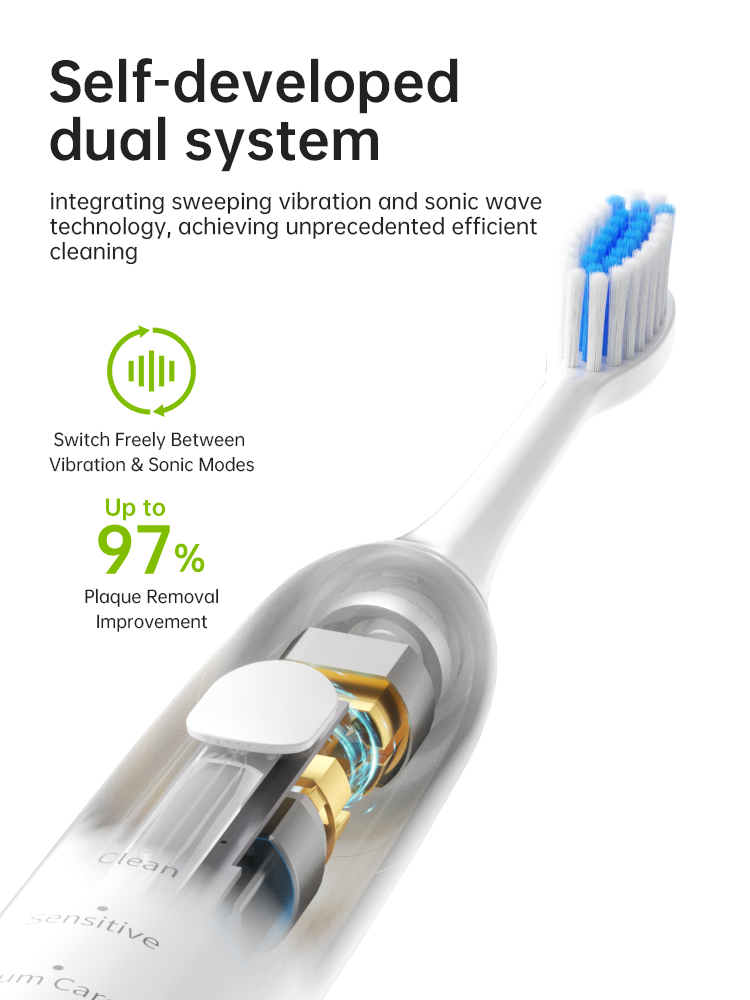As electric toothbrush technology evolves, manufacturers now offer multiple brushing modes to accommodate user preferences and oral care needs. One such mode—Deep Clean Toothbrush Mode—is designed to deliver intensified brushing power for more effective plaque removal. However, concerns have emerged within the OEM/ODM sector regarding whether this high-power mode contributes to timer malfunction over time. Could a mode meant to enhance hygiene be subtly undermining device performance?
In this article, we explore the interplay between brushing mode intensity, circuit timing functions, and long-term reliability from a B2B manufacturer’s perspective.
Deep Clean Mode, often labeled as “Pro Clean” or “Intense Mode,” operates at higher vibration frequencies or pulse amplitudes—typically above 40,000 strokes per minute. This mode is favored for:
However, its high-output design places additional strain on the internal motor driver and power delivery systems, potentially influencing other electronic modules like the integrated brushing timer.
Modern electric toothbrushes—especially those manufactured under intelligent product lines—incorporate timers to guide users toward optimal brushing behavior. Common implementations include:
These timers are usually controlled by internal microcontrollers or IC timer circuits. Malfunction in this module may cause the brush to shut off early, fail to alert at proper intervals, or skip timing entirely, impacting user experience and brand credibility. Company web: https://www.powsmart.com/product/electric-toothbrush/
Yes—under certain conditions, Deep Clean Toothbrush Mode can become a contributing factor to timer malfunction, especially in entry-level or budget-designed models. Here’s why:
Inconsistent performance often arises not from the mode itself, but from poor integration between high-load functionality and embedded control systems.
To mitigate these risks, leading OEM/ODM toothbrush manufacturers like POWSMART adopt the following measures during product development:
These proactive designs help preserve timer accuracy regardless of operational mode, ensuring consistent functionality throughout the product’s lifespan.
When sourcing from private-label suppliers or initiating a custom order, buyers should specifically inquire about:
A reliable partner should offer transparent documentation and failure rate data to demonstrate timer stability across use cases.
The concern that Deep Clean Toothbrush Mode may cause timer malfunction is not unfounded—but it is preventable. When performance modes are added without holistic firmware and hardware synchronization, timing modules can indeed become compromised.
At POWSMART, our engineering approach ensures that advanced cleaning functions don’t come at the cost of device reliability. With deep diagnostic testing and smart component integration, we help partners deliver powerful yet dependable oral care products to the market. Contact us
-300x300.jpg)
-300x300.jpg)

Key Questions to Ask Before Communicating with Cordless water flosser supplier

Effective Teeth Whitening Alternatives for OEM Product Lines
.jpg)
sonic electric toothbrush Anchorage
.jpg)
Smart Toothbrush Private Label: Build Your Brand with OEM Support

Is the Smart Feature Worth It? Analyzing Actual User Data on APP-Connected Toothbrushes

Is Toothbrush for Coffee Stain Teeth’s Whitening Mode Ineffective?

Effects of an Electric Toothbrush Combined with 3-Color Light: An OEM Analysis

The Importance of Continuously Adding New Products to Oral Care Brands

Does POWSMART Toothbrush Wholesale Order Involve Material Degradation?
.jpg)
Navigating Electric Toothbrush Import Regulations?
-2-scaled.png)
How to Boost Brand Value through Partnering with a Teeth Whitening Device Factory
-3-scaled-1.jpg)
What is the Strongest Hydrogen Peroxide Teeth Whitening Gel for Safe Use?
Dual-Mode Sonic Toothbrush Supplier

Meeting European Demand: Key Features for Eco Water Flosser OEM Production
.jpg)
40,000 VPM Smart Sonic Toothbrush OEM: High-Frequency Cleaning Technology

Planning a Toothbrush Subscription Box for Your Direct-to-Consumer Brand?

electric toothbrush heads Charcoal Infuse-Round
.jpg)
Florida Electric Toothbrush – Powsmart PTR-C8

electric toothbrush heads Ultra Soft

Electric toothbrush heads Charcoal Infused-Diamond

electric toothbrush heads Regular Clean

Private Label Whitening Gel

electric toothbrush heads Deep Clean

Customization Teeth Whitening Gel
whstapp
whstapp
National Toll-Free Service Hotline
+86 755 86238638